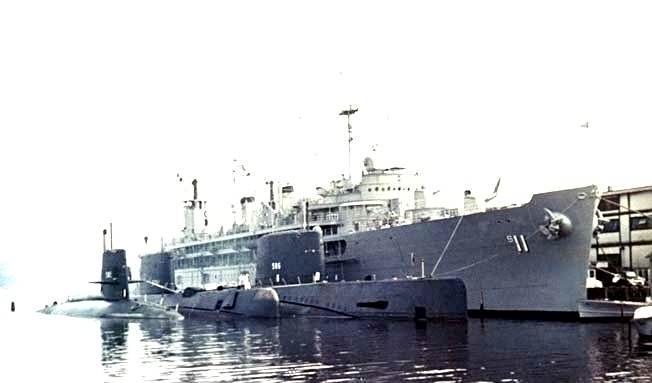|
USS Nokomis (YTB-142)
USS ''Nokomis'' (YT-142/YTB-142/YTM-142) was a Woban-class harbor tug built in Bremerton, Wash, and assigned to Pearl Harbor, Hawaii, in 1940. ''Nokomis'' was present during the Japanese attack on Pearl Harbor, 7 December 1941. She was the first vessel on scene at the USS ''Arizona'', and was called off by the officers on deck because of the imminent explosion of the battery below deck. It then left and helped beach the USS ''Nevada'', with , and YT-153. The beaching of the Nevada saved Pearl Harbor's mouth from being blocked. After that the USS ''Nokomis'' fought fires and dewatered the battleship USS ''California'', for 3 days. This effort made the ''California'' salvageable, to be recommissioned again later in the war. ''Nokomis'' was also the last vessel to move the surviving YC-699 barge prior to the Japanese attack on Pearl Harbor. Post-war she continued serving Pearl Harbor ships until she was decommissioned in May 1973, and eventually sold for "scrap" to Crowley, ... [...More Info...] [...Related Items...] OR: [Wikipedia] [Google] [Baidu] |
USS Fulton (AS-11)
USS ''Fulton'' (AS-11) was the leader of Fulton-class submarine tender, her class of seven submarine tenders, launched on 27 December 1940 by Mare Island Navy Yard and sponsored by Mrs. A. T. Sutcliffe, great-granddaughter of Robert Fulton. ''Fulton'' was commissioned on 12 September 1941. Service history World War II ''Fulton'' was underway on her shakedown cruise out of San Diego when the Japanese Attack on Pearl Harbor, attacked Pearl Harbor on 7 December 1941. She was ordered at once to Panama, arriving on 9 December. During the next month, she established advanced seaplane bases in the Gulf of Fonseca, Nicaragua, and in the Galapagos Islands, then returned to San Diego to prepare for Pacific duty. She tended United States Pacific Fleet, Pacific Fleet submarines at Pearl Harbor from 15 March-8 July 1942, putting to sea during the Battle of Midway. She transported many of the survivors of the sunken aircraft carrier back to Pearl Harbor, arriving on 8 June. She was at Midwa ... [...More Info...] [...Related Items...] OR: [Wikipedia] [Google] [Baidu] |
Puget Sound Naval Shipyard
Puget Sound Naval Shipyard, officially Puget Sound Naval Shipyard and Intermediate Maintenance Facility (PSNS & IMF), is a United States Navy shipyard covering 179 acres (0.7 km2) on Puget Sound at Bremerton, Washington in uninterrupted use since its establishment in 1891; it has also been known as Navy Yard Puget Sound, Bremerton Navy Yard, and the Bremerton Naval Complex. It is bordered on the south by Sinclair Inlet, on the west by the Bremerton Annex of Naval Base Kitsap, and on the north and east by the city of Bremerton, Washington. It is the Pacific Northwest's largest naval shore facility and one of Washington state's largest industrial installations. PSNS & IMF provides the Navy with maintenance, modernization, and technical and logistics support, and employs 14,000 people. History Puget Sound Naval Shipyard was established in 1891 as a Naval Station and was designated Navy Yard Puget Sound in 1901. During World War I, the Navy Yard constructed ships, including ... [...More Info...] [...Related Items...] OR: [Wikipedia] [Google] [Baidu] |
Ships Present During The Attack On Pearl Harbor
A ship is a large watercraft that travels the world's oceans and other sufficiently deep waterways, carrying cargo or passengers, or in support of specialized missions, such as defense, research, and fishing. Ships are generally distinguished from boats, based on size, shape, load capacity, and purpose. Ships have supported exploration, trade, warfare, migration, colonization, and science. After the 15th century, new crops that had come from and to the Americas via the European seafarers significantly contributed to world population growth. Ship transport is responsible for the largest portion of world commerce. The word ''ship'' has meant, depending on the era and the context, either just a large vessel or specifically a ship-rigged sailing ship with three or more masts, each of which is square-rigged. As of 2016, there were more than 49,000 merchant ships, totaling almost 1.8 billion dead weight tons. Of these 28% were oil tankers, 43% were bulk carriers, a ... [...More Info...] [...Related Items...] OR: [Wikipedia] [Google] [Baidu] |
